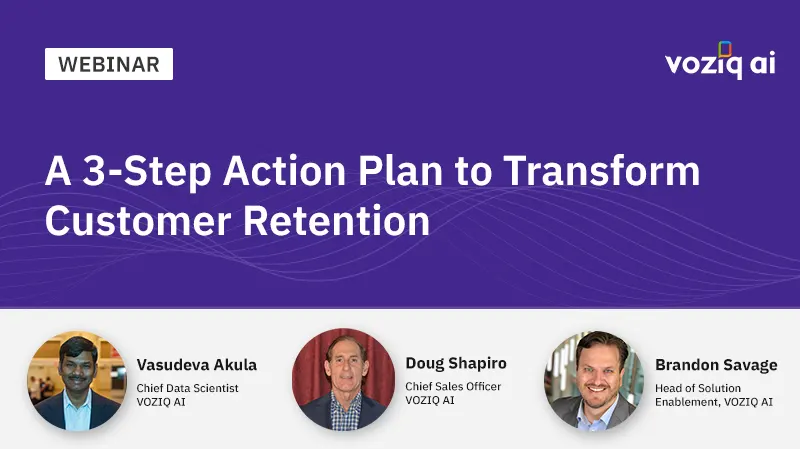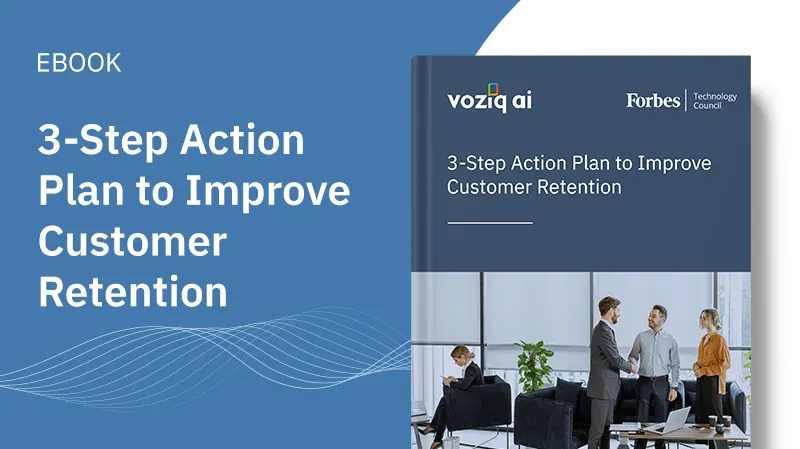5 Best CX Strategies to Reduce Customer Churn in 2017

5 Best CX Strategies to Reduce Customer Churn in 2017
In an era of intense competition, the customer experience is often the main differentiator. Once a sale is complete, the contact center is an enterprise’s primary touch point with its customers, whether they are consumers or businesses. When a company knows what their customers want and responds with a consistently excellent customer experience (CX), they create loyal and profitable relationships.
The best loyalty programs proactively analyze customer behavior to identify and address at-risk customers before they defect. Effective customer retention programs are enabled by customer relationship management (CRM) and advanced analytics solutions. Contact centers need these underlying systems to serve as the last line of defense, and especially for recurring-revenue businesses – that are threatened with losing their customers to competitors.
When customers are satisfied with a company and its products and services, they have no reason to look for alternatives. Effective loyalty programs anticipate customer behavior by constantly reviewing and analyzing customer activities. If a mid or large size recurring-revenue business cannot proactively retain its customers through the use of analytics and effective marketing programs, the problem falls to the contact center.
According to a research from Harvard Business School, increasing customer retention rates by 5% increases profits by 25% to 95%. |
To improve customer retention and customer loyalty, subscription or recurring-revenue businesses need to first analyze customer churn and quantify its impact. This provides insight into the different customer groups that may need to be better addressed or need particular attention. Based on the industry vertical and the market, companies from these industries need to design a predictive churn model to identify potential customers who have a high probability of churn. Below are the 5 best strategies that you and your CX team can consider to make your customers happier, and reduce churn.
1. Understand what type of churn is prominent in your company
The first important strategy would be to understand the type of churn happening in your company. When doing this, the customer types to be managed should be identified. Most often, both voluntary and involuntary churn coexist. The focus of customer churn management should be on controlling the voluntary churn by customers. Churn can further be differentiated into the soft and hard churn. Hard churn essentially occurs due to a single event. But, most likely, this is almost never the case; hence, the emphasis is more on the soft churn – the churn that is a result of multiple factors. Identifying the customer group to focus on is a key to managing the churn effectively. Churn needs to be expressed using dollar values so that the magnitude of churn is immediately perceptible.
2. Build accurate understanding of customers
The next logical strategy is to develop a strong understanding of who are your customers. Identifying the different customer types likely to churn involves comparing profiles of customers who have churned to those who have not. This analysis should be done using all customer segmentation data available, such as behavior, purchase history, demographics, sales channels used, transaction values, etc. This behavioral profiling helps in identifying typical patterns of customers before churn.
3. Explore newer data sources to gather customer intelligence
More and more recurring-revenue businesses are looking at previously untapped sources of customer data from contact centers to create deeper knowledge about the drivers of customer experience. This deeper intelligence helps these companies to manage customer experience effectively and create a competitive edge. By gathering customer perceptions of their experience, these businesses can use the data to get an insight into how to improve the quality of the customer relationship to improve customer loyalty. Such recurring revenue companies can use the data to identify where customer retention effort will have the greatest return on investment (ROI).
4. Deploy predictive analytics to uncover new opportunities
Deploying predictive analytics to mining contact center interactions uncovers new opportunities to approach customer retention effectively. All the interactions a customer has with a contact center have enough clues about their satisfaction or dissatisfaction. Typically businesses fail to leverage these interactions as a source of customer intelligence. Predictive analytics enables identifying these clues and categorizes the customer as ‘satisfied’ or ‘dissatisfied’ based on their previous interactions, and then assigns a propensity to churn score.
The typical indicators of an at-risk customer are:
- Large number of calls
- Expression of dissatisfaction
- Competitor mentions and comparisons
- Enquiry of alternative price plans
- Customer experience issues
5. Focus on proactive retention approach
The typical approach to retain a customer is reactive, where companies generally wait for a client to contact their support team before beginning a conversation. Instead, recurring-revenue businesses should reach out to customers proactively and anticipate their needs. Take the time to analyze how a customer is using their product/service as well as their relationship with customer support. Customer insights from unstructured data help the creation of proactive retention strategies via customer service teams and marketing campaigns.
Proactive retention effort works better because customer dissatisfaction is much more heavily correlated to defection than customer satisfaction is to loyalty, keeping obstacles, problems, and difficulties out of a customer’s path will almost certainly reduce the likelihood that the customer will defect from your brand.






